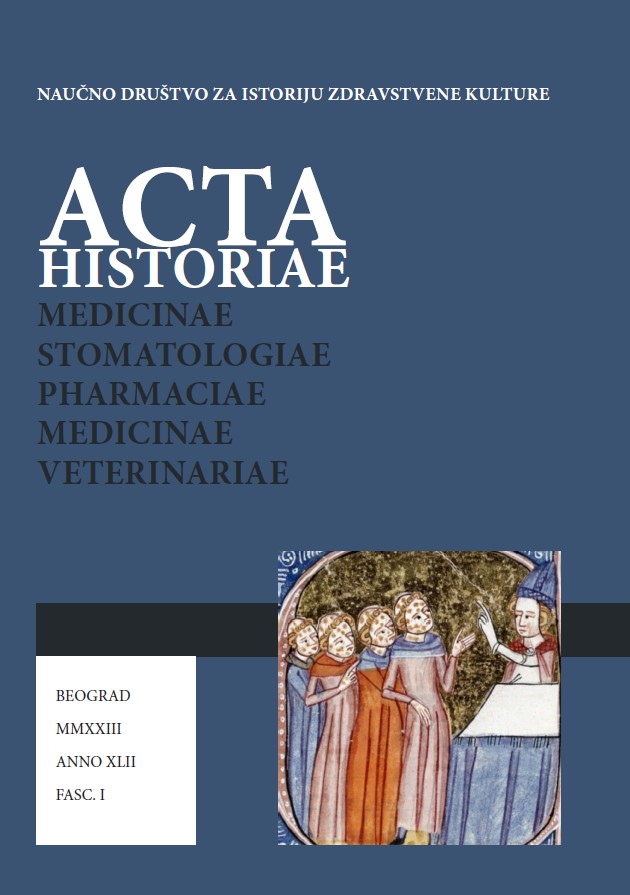ANATOMY IN THE PAINTING OF REMBRANDT HARMENSZOON VAN RIJN
ANATOMY IN THE PAINTING OF REMBRANDT HARMENSZOON VAN RIJN
Author(s): Nikola Knezi, Nikola VučinićSubject(s): History, Modern Age, 17th Century
Published by: Naučno društvo za istoriju zdravstvene kulture
Keywords: Anatomy; Dissection; Art; Rembrandt; Nicolaes Tulpe
Summary/Abstract: Works of art have a substantial impact on viewers not only because of the beauty of the image but also because of the dominance of the decisive moment they express. Rembrandt Harmenszoon van Rijn managed with his group portrait The Anatomy Lesson of Dr Nicolaes Tulp to draw viewers into the scene of dissection of a body thanks to the dynamics of the painted characters. At the beginning of the 16th century, the practice of public autopsies spread throughout Europe. In 1555, King Philip II granted the Guild of Surgeons in Amsterdam the privilege of dissecting executed criminals for educational and scientific purposes. Dissections were performed once a year during the winter months to prevent rotting and decomposition of corpses, and the procedure itself often lasted several days. Dr Nicolaes Tulp performed the autopsy of a hanged convict in 1632, which Rembrandt immediately painted. With this piece, the artist presented the beginning of a new pedagogical approach to teaching anatomy. The picture represents Dr Nicolaes Tulp instructing seven onlookers as he is dissecting a hand and showing the flexor digitorum superficialis.
Journal: Acta historiae medicinae, stomatologiae, pharmaciae, medicinae veterinariae
- Issue Year: 1/2023
- Issue No: 42
- Page Range: 36-45
- Page Count: 10
- Language: English, Serbian

